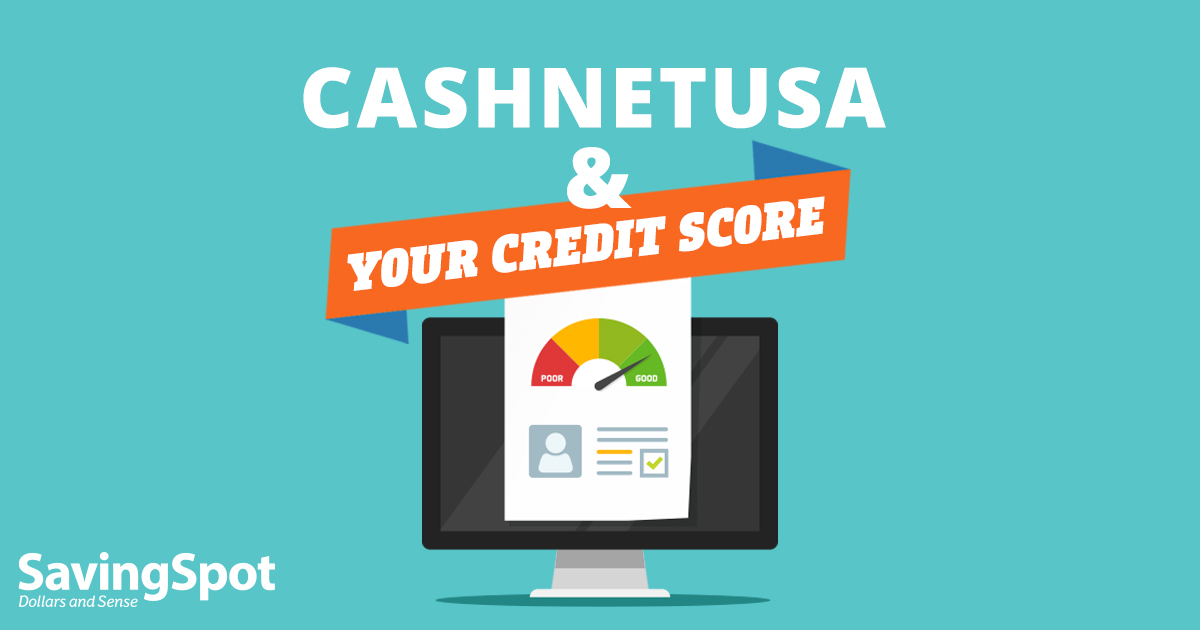Learning to read a credit report may seem intimidating, but it’s much easier than most people think. Your report will be broken down into sections, which help verify your identity and lay out the details of your credit history.
Monitoring your credit is important because it can help you catch identity theft early and help you find and fix any mistakes that may be damaging your score. Being aware of where your credit stands can give you the confidence and security you need as you work toward your financial goals.
You can access your credit report for free once every 12 months. Keep in mind that the order and names of the sections may not be exactly the same. These are the basic categories you should find and what they typically contain.
Personal Information
Your credit report will include detailed personal information. This helps verify your identity and ensure that the credit history reported is yours. It will include things like:
- Name
- Addresses
- Social security number
- Work history
- Cell phone numbers
- Email addresses
While reviewing this section be sure that all the information is correct. Even something as small as an incorrect middle initial or phone number you don’t recognize can be a red flag. It can indicate that there may be an identity mix up.
Credit Accounts
This section is probably the most important section on your credit report. It should include any and all credit and debt in your name. If you see an account that is not in your name, you should immediately contact the credit bureau — even if it’s in the name of your spouse or a dependent.
The information contained in the accounts sections plays a large role in determining your FICO score, which is calculated according to the following factors:
- Payment History (35%) — This number will be affected by any late or missing payments, which can stay on your report for seven years. How much it affects your score depends on things like how late the payment was, how long ago it occurred and if it was sent to collections. The good news is that having a good repayment history will help you maintain a good score.
- How Much You Owe (30%) — Another big piece of your FICO score is the amount of debt you have in comparison to your income. Experts say that you should keep your debt-to-income ratio below 36%. Your credit utilization can also impact this, if you have a credit card with a $10,000 limit and you’ve used $9,500, it can ding your score. Try to keep your credit utilization rate below 30%.
- Age of Credit (15%) — Wisdom comes with age. This is taken into account when calculating your FICO score. A longer credit history shows that you have experience in managing debt and using credit.
- Credit Mix (10%) — Using different types of credit can also help your score. It shows that you know how to manage different kinds of credit. Which may include a credit card, line of credit, a mortgage, a car loan or personal loan.
- New Credit (10%) — When you apply for credit, lenders may run a hard credit check — which will drop your score a few points. This typically isn’t a big deal, but be careful not to apply for new credit too often. If you’re shopping around for the best rates don’t worry, the bureaus will take that into account.
Collection Items and Public Records
Your credit report will also include a section that outlines anything that is negatively affecting your score. This will include late payments and any bills sent to collections. You’ll also find public records of things like bankruptcies, tax liens and even parking tickets in your name.
These marks generally stay on your credit report for seven years. This means it’s important to review and make sure that any information that’s in this section is correct. If you find an error, contact the credit bureau to dispute it. This could include claims on accounts that aren’t yours or negative marks that should have expired. Payment history has a big impact on your score — make sure you’re not being penalized for incorrect information.
Inquiries
Lenders, landlords and others may request access to your credit report to help them determine your rates and approval. These inquiries will be listed in this section, which shows who has accessed your credit report within the last two years.
When reviewing, keep an eye out for any unfamiliar or suspicious inquiries. The name of the requester, business type and date of inquiry will all be included. If you’re unsure why a lender or business is listed, contact the credit bureau. They can either help you determine why there was an inquiry or what your next steps should be to fix the mistake and protect your credit.
What’s Not There
While your credit score has a lot of information on it, there are some things that won’t be included.
- Your Spouse’s Information — Your credit score is personal to you. Any accounts that your spouse has that don’t have your name on them should not show up on your credit score. Joint accounts will still appear, as you are also an owner of that account.
- Your Employment Status — While your employment history will appear on your credit report, it has no effect on your score. That information is simply to help verify your identity.
- Your Income — While your debt-to-income ratio may affect your score, your income by itself won’t have an impact. How you manage your debt and credit is what matters.
- Financial Information Not Related to Credit — Any financial information that isn’t related to credit will not appear on your credit report. This means you won’t see bank account balances, investments or transactions made with cash or a debit card.




